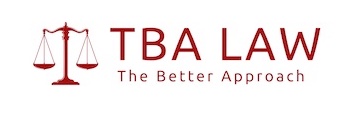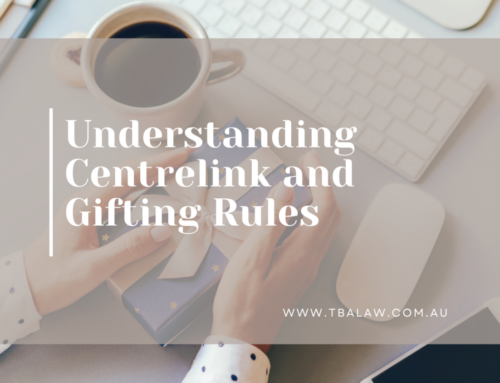The Correct Way to Transfer Control of Your Family Trust
Many small businesses and farming businesses are run in a family trust structure, and many families use family trusts as an investment vehicle, and perhaps own their investment properties in a family trust. Family trusts can be a great vehicle, particular for those who set it up. Primarily they are set up by “mum and dad”, a couple who is building wealth for their family. But given most family dynamics, how does the trust still become a successful wealth management structure for the next generation, and how do you successfully transfer control of your family trust?
The crucial roles in a family trust are the trustee, the appointor and the guardian (if any). Quickly, the trustee runs the trust, the appointor has the ultimate power because they can sack and replace the trustee if they don’t like what the trustee is doing, and the guardian needs to give permission on certain types of decisions before things can be done. When “mum and dad” are in control of the trust, often they are the joint appointors, and they are the trustees, or they have a trustee company of which they are directors and shareholders. These are the roles and powers that need to transfer to the right people if control is going to successfully transfer to the next generation.
So there’s no one “correct” way to transfer the control of your family trust, but of the following options, one of them will be the best way for you:
- you could ensure that the family trust is automatically wound up instead of transferring, but this is rarely the best option because of potential Capital Gains Tax consequences;
- you can ensure that the control of the trustee and appointor roles are transferred to certain people;
- you can make determinations ahead of time to ensure that certain beneficiaries receive a portion of the trust income, and perhaps some capital;
- you can ensure that the guardianship role transfers to a certain person, or insert a guardian role into your trust if it doesn’t exist so that someone has the veto power on certain decisions;
- you could amend the trust deed to exclude and/or add certain beneficiaries; or
- you could look to split or clone the trust so that your children don’t have to share the trust.
If you have a company as the trustee, you will also need to consider who the shareholdings transfer to, and how directors are appointed to the trustee company. Do the shareholders have the right to appoint directors, and who voting power to they have?
You should also consider whether decisions need to be unanimous, or whether they can be by majority vote. This applies to both the trustees of the trust, and also the directors of a corporate trustee.

As in most detailed estate planning, everything is a matter of considering the likelihood of the risk of disputes and/or someone acting contrary to your intentions, or contrary to the best interests of all the beneficiaries. Consideration also needs to be given to things that could go wrong, and the cost of addressing all the risks.





Leave A Comment